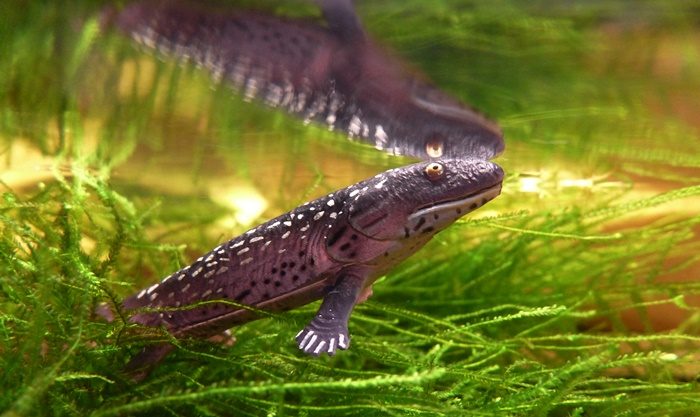The murky pond lays silently in the riparian forest of the Late Devonian, 365 mya. Dragonfly like insects soar and hunt for smaller airborne relatives, their quiet buzzing is the only sound disturbing the lethargic scene. A pair of those hunters engages is their distinct mating ritual, the “heart”.
Classification: Amphibian
Review: Ancient Fossils (Toob by Safari Ltd)
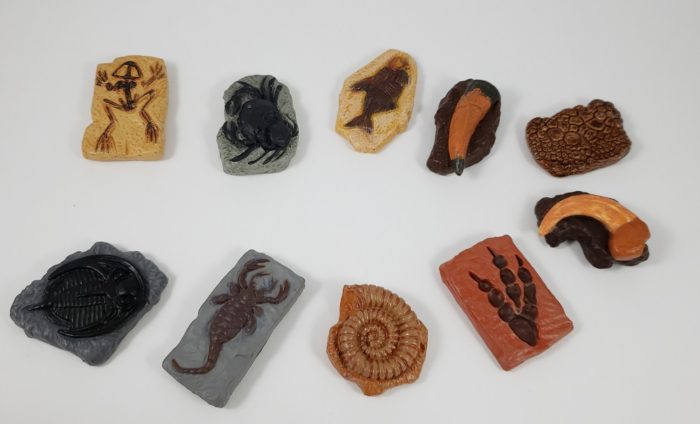
Of all the product lines offered by stalwart manufacturer Safari Ltd, the “Toob®” line gives them the freest rein to explore unusual taxa. I’m personally fondest of the Toobs that furnish small versions of small animals that might scale well with Safari’s full-size figurines. We’ve reviewed some of their most interesting Toobs featuring “alive” animals here, here, here, here, and here.
Review: Brachiosaurus (Playmobil)
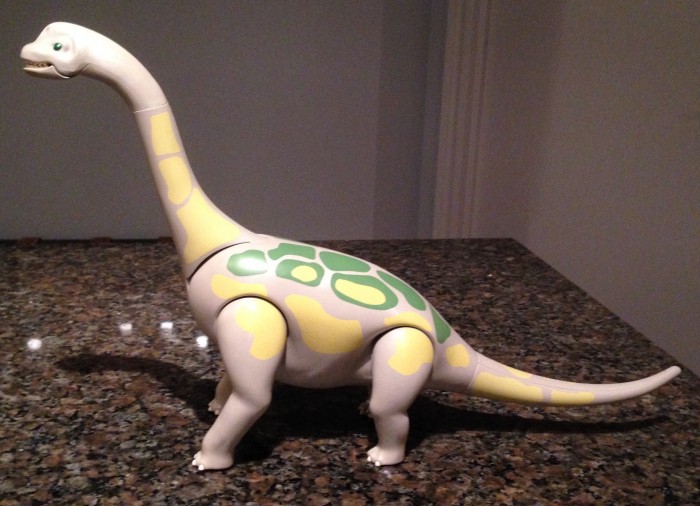
Not surprisingly, the Brachiosaurus is HUGE. It stands nearly 27 cm tall and measures 51 cm long, making it the largest animal figure in any Playmobil line.
Review: Deltasaurus (Lost Kingdoms series B by Yowie)
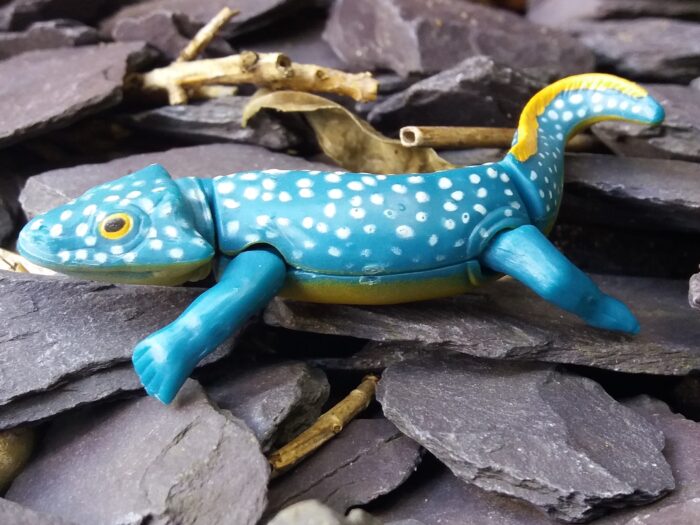
Before the rise of crocodillians, the water ways were filled with a different kind of predator: giant amphibians. Though they were out competed by crocodillians and the only giant amphibian left is the Japanese Giant Salamander, they have left evidence of the greatness they once had. There aren’t many figures of giant ancient amphibian, though Yowie clearly tried to alter this.
Review: Dimetrodon (Revell/Prehistoric scenes by Aurora)
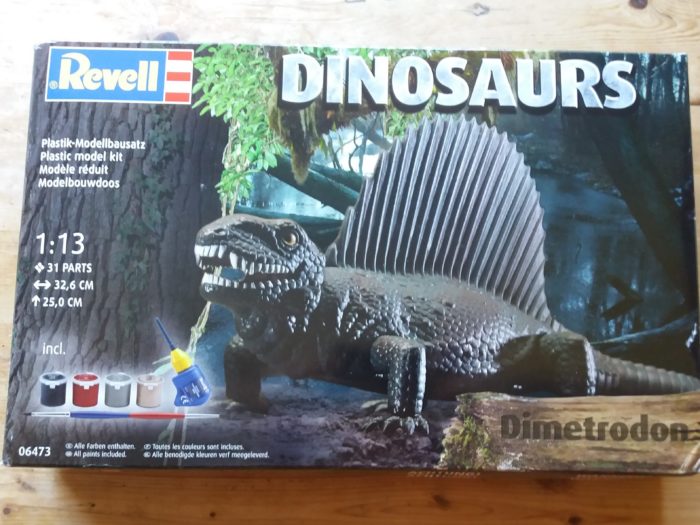
Aurora seemed to be quite an interesting line. Though showing most of the dinosaurs and other prehistoric creatures in the form of movie monsters, they still provide great figures with articulation and scenery to match. Their models were later reissued by Revell, allowing people to get a selection of their models again.
Review: Dinosaur Advent Calendar 2016 (Schleich)
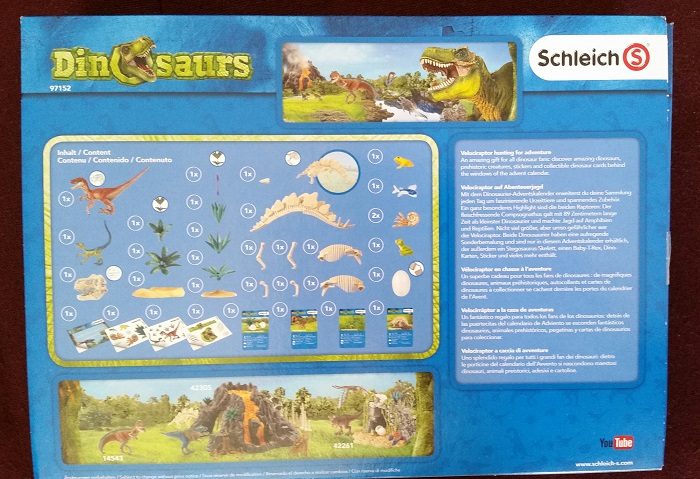
This year Schleich followed in the footsteps of companies like Lego and Playmobil in offering an advent calendar, but this one is dinosaur-themed! 24 days of dinosaur goodies sounds pretty attractive, so I bit the bullet and picked one up. I opened it long before Christmas, so that maybe this review can help you decide whether to buy one yourself.
Review: Dusty the Diplocaulus (Paleo Pals)
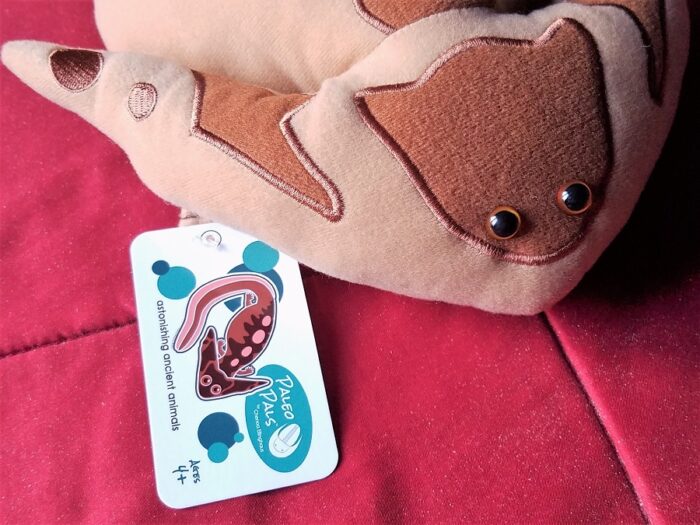
Dr. Robert Bakker was speaking more literally than figuratively when making the above statement regarding the genus in question (he has excavated numerous fossils of this particular animal), but there is also a genuine seal of approval in there from the esteemed paleontologist.
Review: Elginerpeton (Shyaruru Palette by TST Advance Inc.)
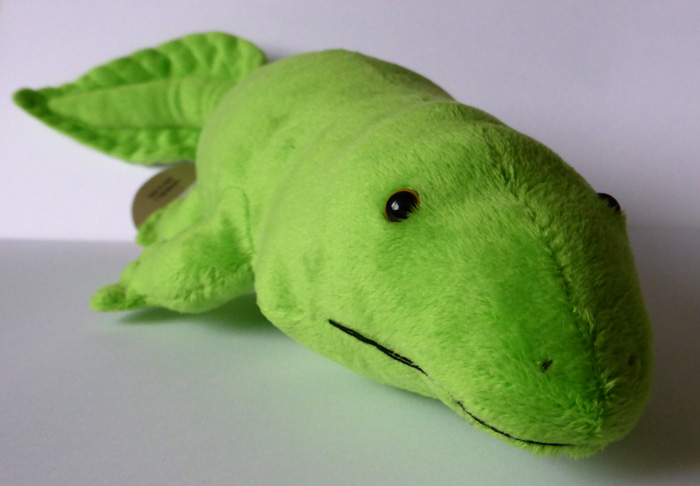
Recently my attention was drawn to a Japanese soft toy company known as TST Advance. They have an extensive range of animal toys named “Shyaruru Palette”. This range consists of many creatures rarely depicted in toy form including Helicoprion, Marrella, Ichthyostega, a coelacanth, as well as some extant ones such as a Komodo dragon and a stag beetle.
Review: Eternal lost breeds, Extinct animal (Takara Tomy A.R.T.S)
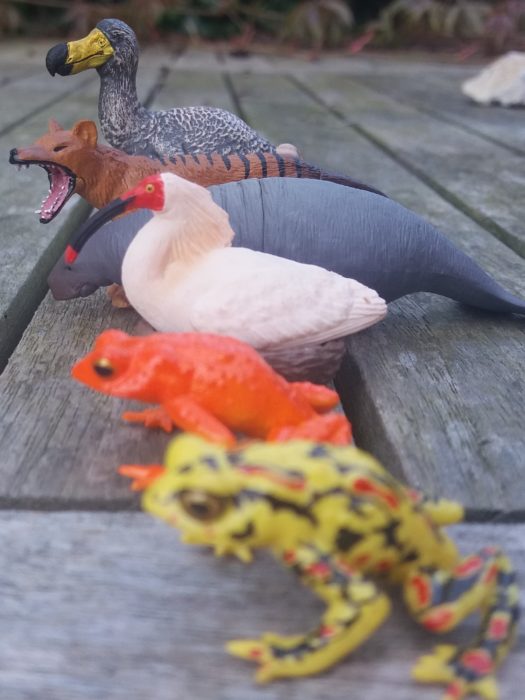
Despite the progress we have made as a species, there is one fact we cannot change: extinction is forever. As a result of our hubris, many spectacular species have been wiped from the face of the earth. Takara have created quite an exquisite set, showing a selection of the species that have been lost of the centuries, each with a stand stating scientific names and year of extinction.
Review: Flat-headed Amphibian/Siderops (Lost Kingdoms Series A by Yowie)
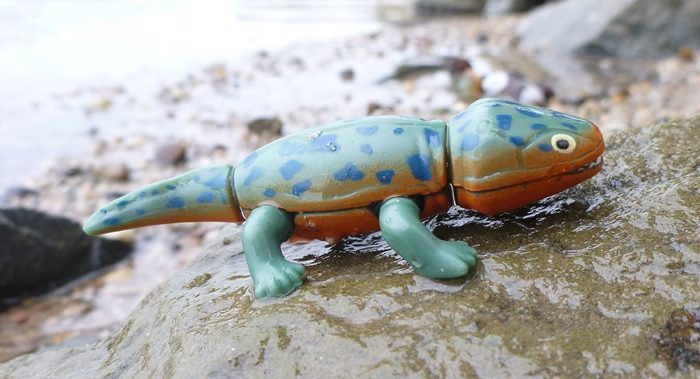
Even amongst collectors Yowie isn’t a well known company I dare say, so here’s a short introduction… Yowie is an Australian publishing brand that developed the mythical Yowie kingdom with stories and toys concentrating mostly on the Australian fauna. In the mid 90’s Yowie approached the British confectionery company Cadbury with the idea to market the toys with sweets as a vehicle.
Review: Leaps in Evolution (Kaiyodo)
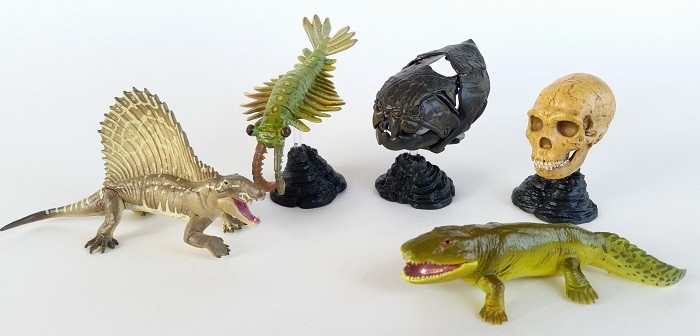
From July-October 2015, the National Museum of Nature and Science in Tokyo hosted an exhibit called “Leaps in Evolution: Tracing the Path of Vertebrate Evolution.” To commemorate the exhibit, Kaiyodo made a set of five vending machine capsule figures, most representing a stage in the evolution of vertebrates.
Review: Mastodonsaurus (Bullyland)

Mastodonsaurus (“breast tooth lizard”) was a Russian and European temnospondyl that belonged to a group of advanced, mostly Triassic amphibians called capitosaurids. It lived in swampy pools and fed mainly on fish, but probably did not avoid land living animals such as small early archosaurids. The giant head was a powerful tool for those feeding habits.

